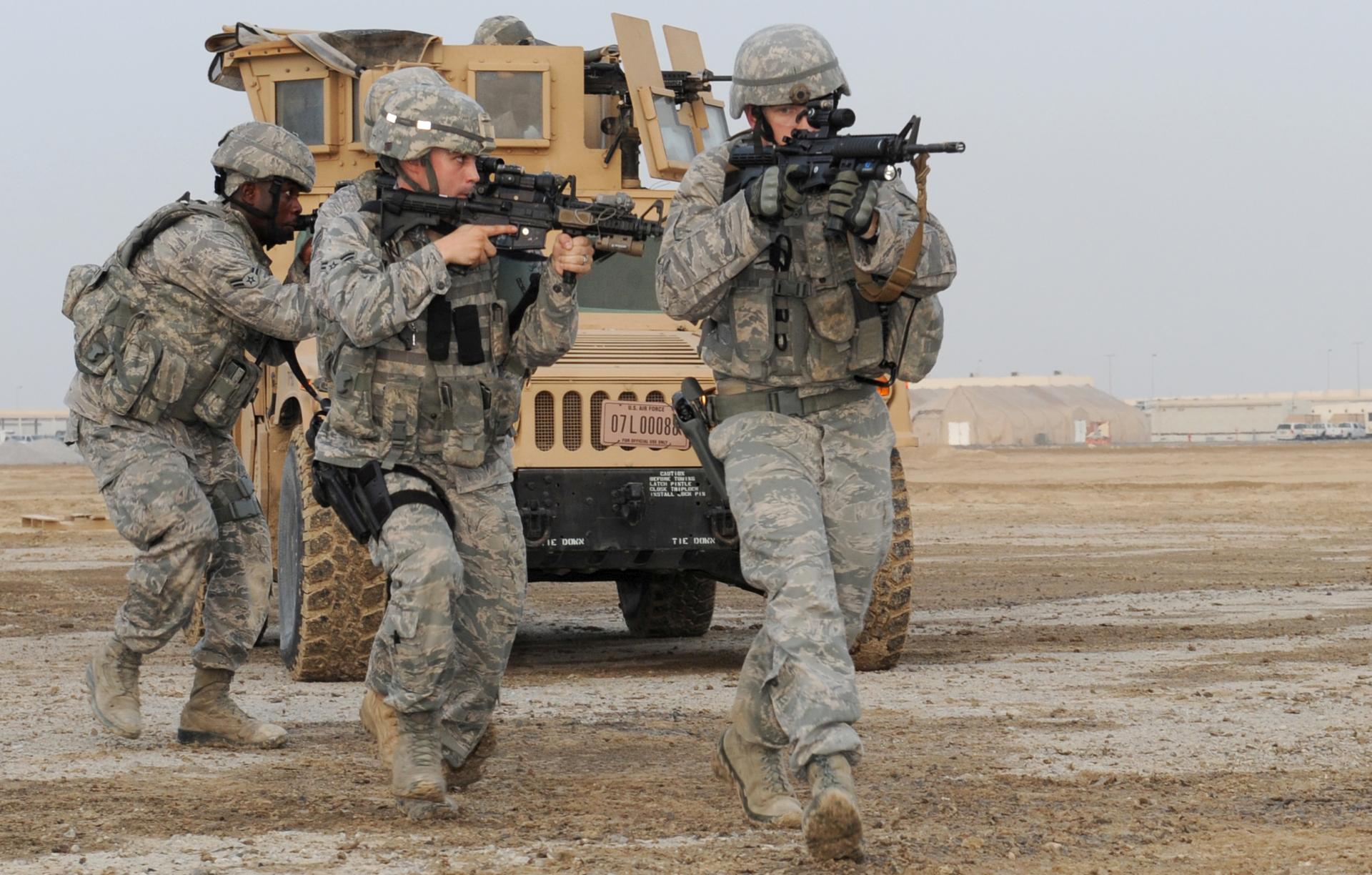NATO has approved an array of military upgrades but insists it will not be dragged into an arms race with Russia. The alliance’s Response Force, which was 13,000-strong at the start of 2015, will be increased to 40,000.
Defense ministers from NATO member nations approved the new measures in a summit at NATO headquarters in Brussels on Wednesday. The move is aimed at boosting the military alliance’s ability to aid a threatened member faster and with more firepower.
NATO Secretary-General Jens Stoltenberg said the upgrades were crucial for the alliance to counter Moscow’s “aggressive actions” in Ukraine. Stoltenberg, however, rejected Russian allegations that NATO’s moves were similar to the West’s Cold War era provocations.
“We stand united in the way we are facing the challenges we face,” he said at the meeting. “We will not be dragged into an arms race, but we must keep our countries safe. What Russia has done in Ukraine is not defensive; to annex [Crimea]… that is an act of aggression.”
Western nations have accused Moscow of supporting the separatists in eastern Ukraine, a charge Russia denies.
“Russia continues to send troops, forces and supplies into eastern Ukraine. There is no doubt that Russia is responsible for aggressive actions in Europe,” Stoltenberg said.
‘We will defend our allies’
Russia has been enhancing its own military capabilities as it added 40 new nuclear ballistic missiles to its atomic arsenal this year.
The United States announced Tuesday that it would pre-position heavy weapons on NATO’s eastern flank.
“While we do not seek a cold, let alone a hot war with Russia. we will defend our allies,” US Secretary of Defense Ashton Carter said prior to the Brussels meeting.
Estonia, Lithuania, Latvia, Bulgaria, Romania and Poland have agreed to allow Washington to install its equipment, which will move around these eastern European countries as required for training and exercises.
In September, NATO countries agreed to increase defense spending to the equivalent of 2 percent of annual economic output.
According to Stoltenberg, the alliance’s combined spending is still less than 1.5 percent this year. By comparison, “Russia has over many years invested heavily in defense,” he underlined.










